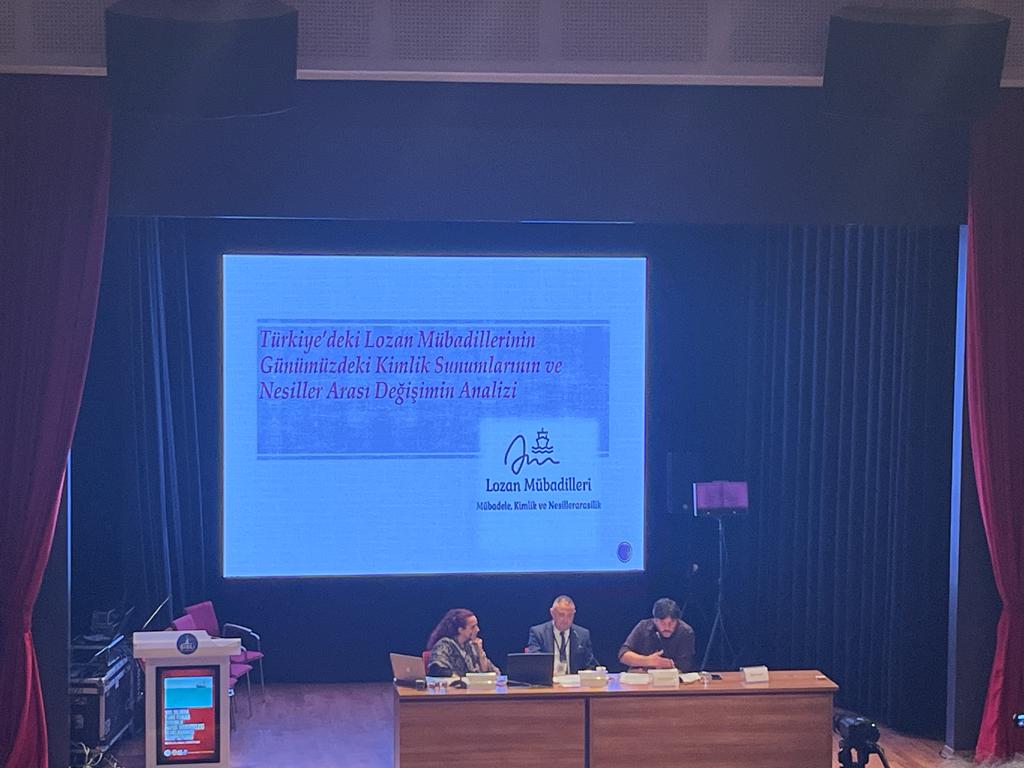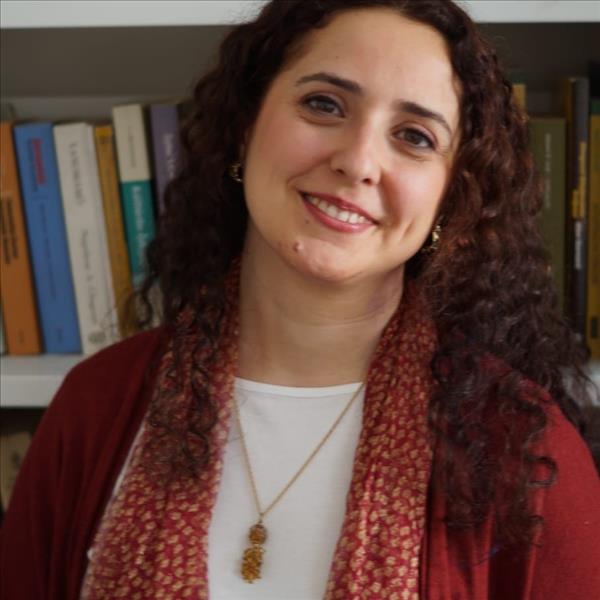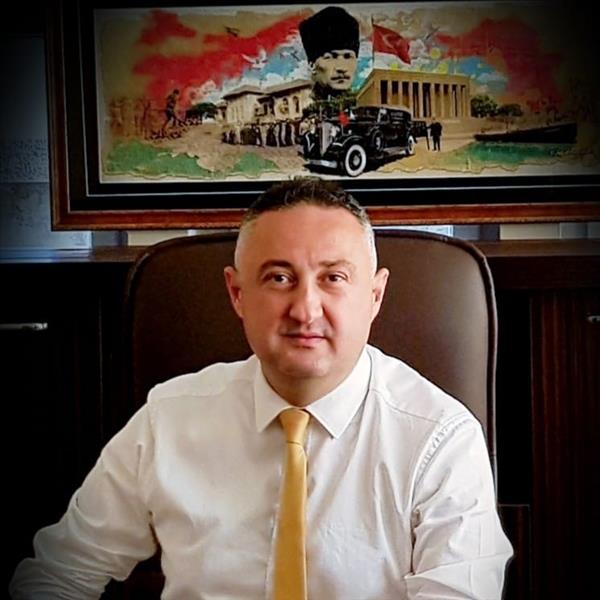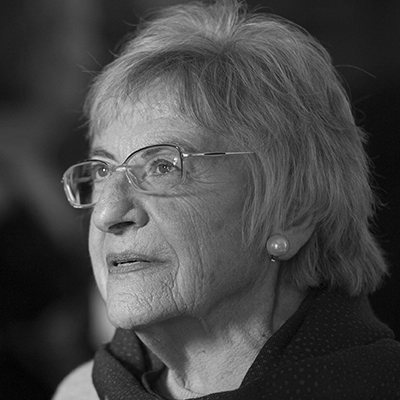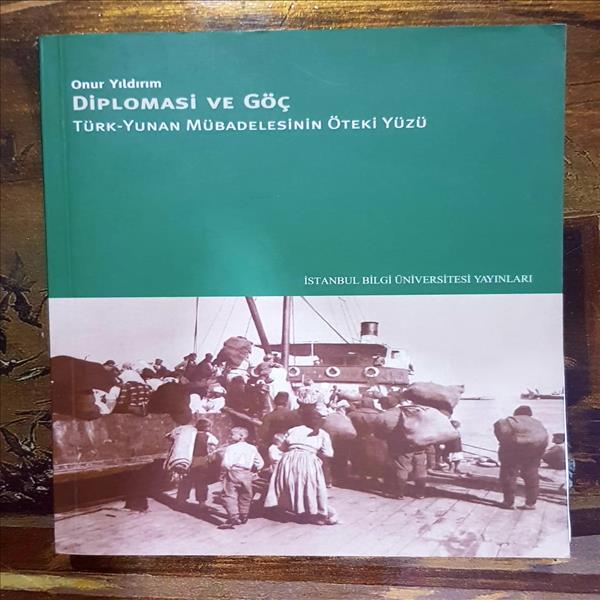POPULATION EXCHANGE
“The Convention and Protocol on the Exchange of Turkish-Greek Population” is an agreement established during the Lausanne peace talks and signed on 30 January 1923. The issues such as minorities, migrants, the cessation of production due to the wars, the worsening of the economy, and the multilateral nature of the negotiations in Lausanne talks caused the solution process to take on an international dimension. Dr. Fridtjof Nansen (1861-1930) was appointed by the League of Nations, and he made visits to both countries and sought for solutions. Although Population Exchange was not seen as the only solution towards the civil disturbance at the end of the war by many politicians, it was considered as the easiest solution under these circumstances and was applicable to both countries. Nansen's first proposal as to Population Exchange involved an optional choice and not included the Greeks of Istanbul. However, this initial proposal was rejected by Turkish authorities on the grounds that Muslims in Western Thrace are a majority, not a minority. Since Greece wanted to settle the Greek migrant population in the country as soon as possible, Grek authorities demanded the migration of 350.000 Muslims to Turkey. The final version of Nansen's proposal developed in the light of these discussions was read in Lausanne on 1 December 1922, and consequently the treaty on reciprocal population exchange between Turkey and Greece was signed on 30 January 1923.
*Summarized from Sepetcioglu, T.E. "Two Historical 'Old' Concepts A Socio-Cultural 'New' Identity: What is the Population Exchange, Who are the Exchangees?" (2014, in Turkish).
By “The Convention and Protocol on the Exchange of Turkish-Greek Population” signed between Turkish and Greek delegations on 30 January 1923, the Greek Orthodox population and the Muslim population was exchanged except Greeks in Istanbul, Bozcaada and Gökçeada in Turkey and Muslims in Western Thrace in Greece. The treaty includes the detailed descriptions and the conditions on who is included or excluded, the liquidation of the personal properties and the supervision of immigration process. After the treaty the majority of Muslims who migrated from Greece were settled in Turkey, according to the determinated rules in the context of the convention. The majority of Orthodox Greeks left Asia Minor -before the Treaty- the during the war and after the defeat of the Greek army in August 1922; and they were not subjected to any particular survalliance in this process. Following the Mudanya Treaty signed on 11 October 1922, a large number of Greeks from Eastern Thrace and Istanbul had migrated to Greece. These people and the Greek people of western Anatolia were also included in the scope of migration in compliance with convention signed in 1923.
*Summarized from Emgili, F., “An Overview of Researches and Studies On The Turkısh-Greek Population Exchange” (2017, in Turkısh).
The Turkish-Greek population exchange and the forced exchange of Greeks around 1.200.000 in Turkey and Muslims around 400,000 in Greece caused confuison and unhappiness for the emigrants. In addition to this, population exchange brought about significant transformations in the social, political and economic configurations of two countries. The majority of Greeks who migrated to Greece with the population exchange were merchants, industrialists, artists and self-employed groups. On the contraty urban, town and peasant immigrant groups who came from Greece included people from different professions such as farmers, civil servants, artisans, merchants, workers, doctors, policemen, postmen, teachers, seamstresses, Saddlers, woodcutters, drivers, bakers, carpenters, boatmen, shoemakers. However, the vast majority of those who came were from the countryside and engaged in agriculture and livestock farming.
*Summarized from Emgili, F., “The Effect of Turkısh-Greek Population Exchange On The Formation of National Economy”, (2014, in Turkısh).
Migrants brought to Turkey by ships were resettled in different provinces in ten settlement units through certain ports. The first settlement unit; Sinop, Samsun, Ordu, Giresun, Gümüşhane, Trabzon, Amasya, Tokat, Çorum, the second settlement of unit; Edirne, Tekirdağ, Gelibolu, Kırklareli and Çanakkale, the third settlement unit; Balıkesir, the fourth settlement unit; Izmir, Manisa, Aydın, Muğla, Afyon, the fifth settlement unit; Bursa, the sixth settlement unit; Zonguldak, Istanbul, Catalca, the seventh settlement unit; Izmit, Bolu, Bilecik, Eskişehir and Kütahya, the eighth settlement unit; Antalya, Isparta and Burdur, the ninth settlement unit; Konya, Niğde, Kayseri, Aksaray and Kırşehir, the tenth settlement unit consisted Adana, Mersin, Silifke, Kozan, Gaziantep and Maraş.
*Summarized from Sepetçioğlu, T.E., “The Hometowns of the Immigrants Resettled in Samsun and the Settlements Units in Samsun and Environs According to Some Emigrant Settlement Demand”, (2015, in Turkısh).



